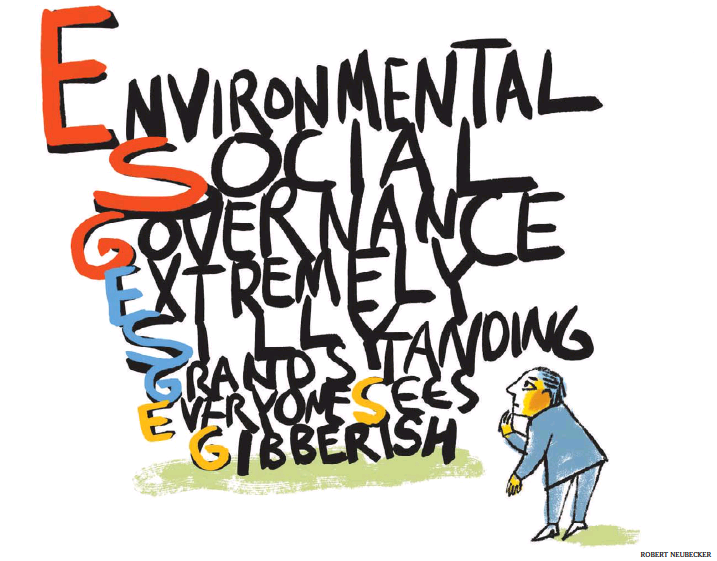(p. A24) John Macrae III, a dashing publisher who gambled on groundbreaking books and dauntlessly defended authors who defied injustices committed by their own governments, died on Feb. 1 [2023] at his home in Manhattan.
. . .
Mr. Macrae was among those who urged his fellow publishers to boycott the Moscow Book Fair in 1983 to protest the Soviet Union’s treatment of dissidents.
He flew to Poland with his stepson Nick and a portable folding kayak to navigate the Vistula River and meet with anti-government leaders undetected. He then met with intermediaries for Lech Walesa, leader of the outlawed Solidarity trade union, and persuaded him to write his autobiography.
Mr. Macrae also championed Salman Rushdie when Ayatollah Ruhollah Khomeini of Iran in 1989 accused Mr. Rushdie of blaspheming Islam in his novel “The Satanic Verses” and enjoined Muslims to kill him.
“Jack traveled to Cuba and Iran on human rights missions,” Jeri Laber, a founder of Human Rights Watch, said, noting that in addition to making “several trips on his own to Communist Poland,” he traveled to Communist Czechoslovakia to meet with the dissident playwright Vaclav Havel, later to become the Czech Republic’s first president.
. . .
Amy Hertz, a former Dutton editor, wrote in The Huffington Post in 2010 that as a publisher Mr. Macrae “went after memoirs from apartheid South Africa and the end of the Cultural Revolution in China so that people would understand the suffering caused by lack of freedom.” And, she said, “he brought over the great Russian poets Yevtushenko and Voznesensky, and he worked with them to get Russian dissidents released from prison.”
“Jack’s brilliance,” Ms. Hertz added, “and what he passed along to me, is in not worrying about what’s on the page you’re looking at when evaluating a proposal or a manuscript. His brilliance is in hearing the thinking behind the author’s words, inchoate in the holy mess that when I worked for him was usually spread across his office floor. He taught me to find that kernel and to burnish it.”
. . .
“He was probably the last of the old-time, gentleman WASP publishers — born into the business,” said Charles McGrath, a former editor of The New York Times Book Review. “He had immense personal charm, and it was hard not to get swept up by him.”
Late in life, Mr. McGrath added, “he found out he had multiple sclerosis, but didn’t let that slow him down. He zipped around the office — and the city, for that matter — in a motorized wheelchair, as cheerful as ever.”
For the full obituary, see:
(Note: ellipses, and bracketed year, added.)
(Note: the online version of the obituary was updated Feb. 27, 2023, and has the title “John Macrae III, Eclectic Publisher and Rights Champion, Dies at 91.”)


